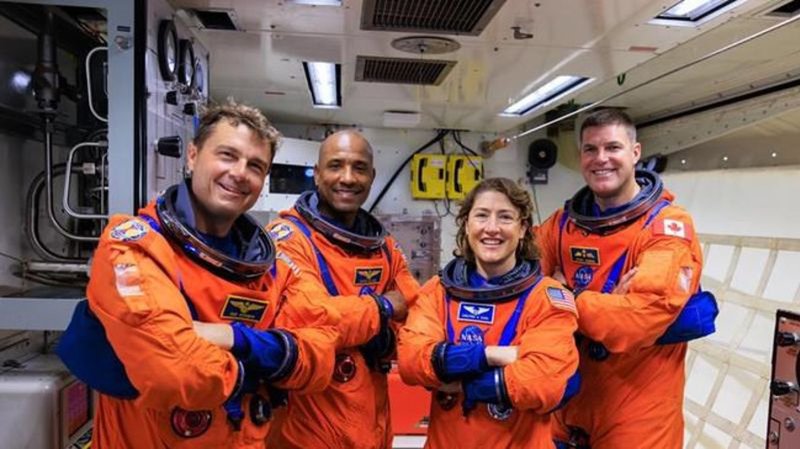
Upcoming lunar mission highlights busy stretch for Canadian astronauts, space agency
MONTREAL — Less than a year away from a historic trip around the moon, Canadian astronaut Jeremy Hansen says humankind’s upcoming missions to further explore deep space will inspire future generations, just as NASA’s Apollo expeditions sparked his passion.
Hansen will be on board Artemis II, slated to launch in November 2024, the first crewed voyage to lunar space since the final Apollo mission more than half a century ago.
Although Hansen, 47, was born a few years after NASA’s Apollo program ended, he still recalls the impact of seeing a photograph in an encyclopedia of U.S. astronaut Buzz Aldrin on the moon.
“That picture is still burned in my brain. I went back to that page so many times as a kid to look at it, and the realization that humans had left Earth and walked on the moon was a big deal to me. I turned my tree house into a spaceship and started exploring space in my imagination and just never really gave up on that dream of one day flying out there,” Hansen said in a recent interview.


